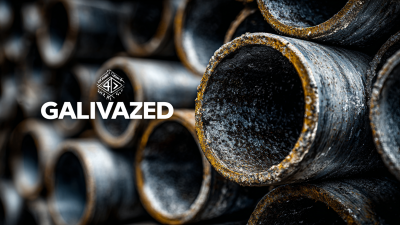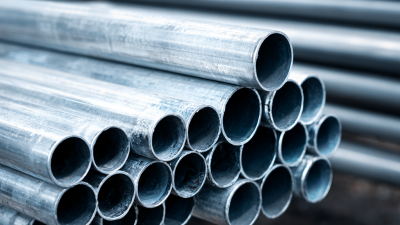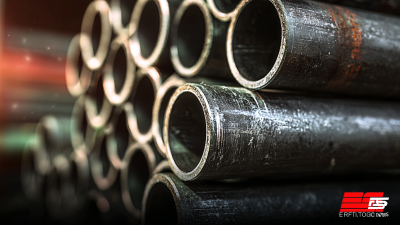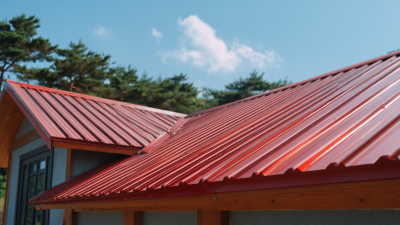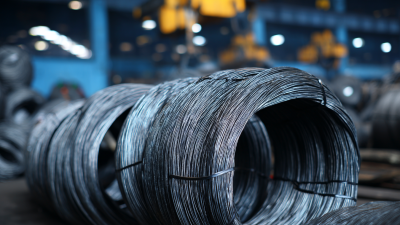Leave Your Message
-
Phone
-
E-mail
-
Whatsapp
When embarking on a construction or DIY project, selecting the appropriate materials is crucial to ensure durability and success. Among these materials, the galvanized tube stands out due to its unique properties, including corrosion resistance and strength. However, with various types and specifications available, choosing the right galvanized tube can be a daunting task. Understanding the key factors that influence your decision is essential for optimizing both performance and cost-effectiveness. In this guide, we will explore five essential tips to help you navigate the selection process seamlessly. From assessing your project's specific requirements to evaluating different grades of galvanized tubing, our insights are designed to empower you with the knowledge needed to make informed choices. Whether you're a seasoned professional or a DIY enthusiast, the following tips will assist you in selecting the perfect galvanized tube for your needs, ensuring your project is built to last.
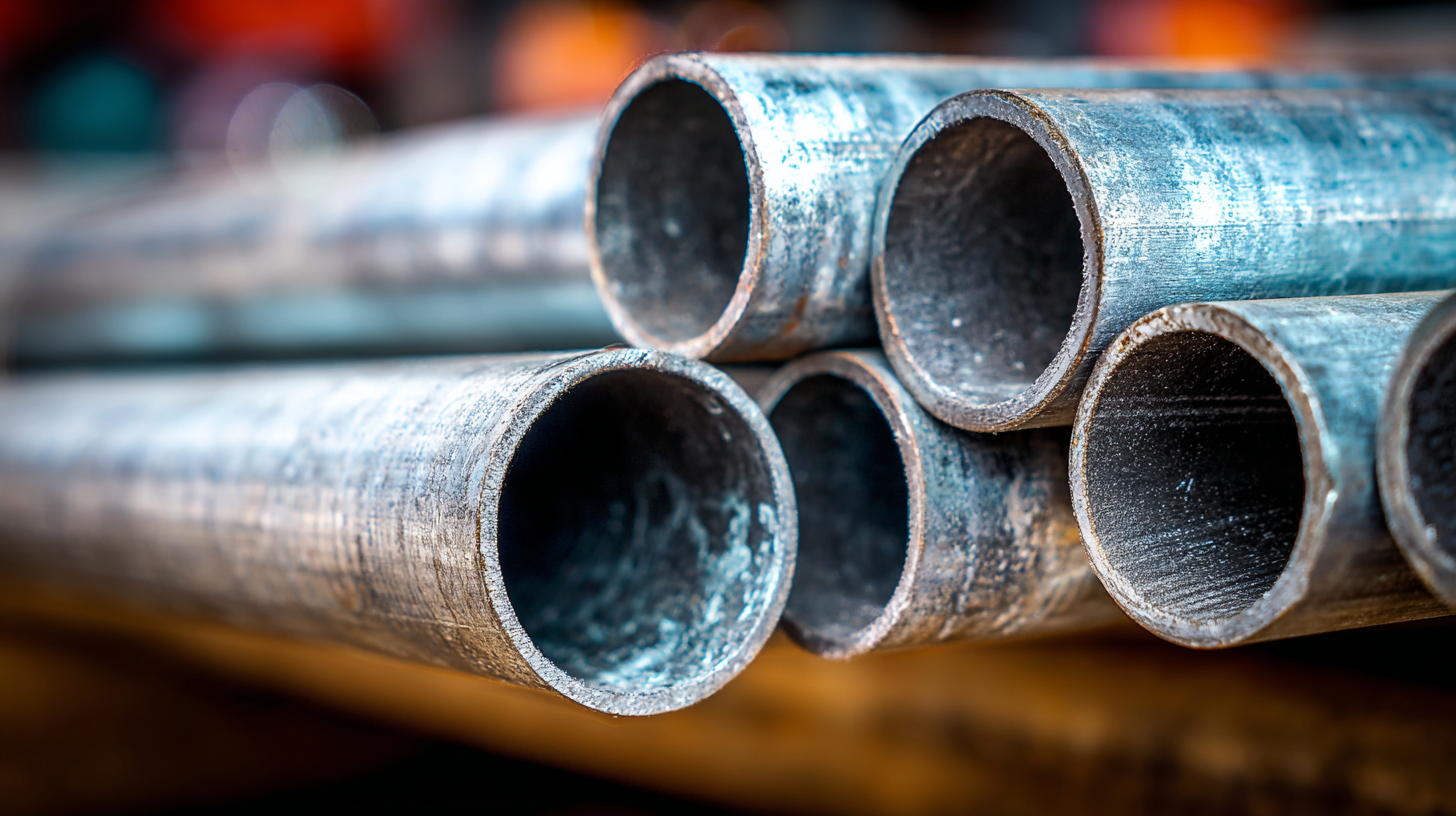
When choosing the right galvanized tube for your project, understanding material specifications is crucial. Galvanized tubes, typically coated with zinc to prevent corrosion, come in various grades and dimensions, tailored for specific applications. According to a market report by Grand View Research, the global galvanized steel market was valued at approximately $100 billion in 2022, with a projected annual growth rate of 4.5%. This growth emphasizes the increasing demand for high-quality galvanized tubes and the need for careful specification selection.
Key material specifications to consider include wall thickness, diameter, and yield strength, all of which affect the tube’s durability and performance. For instance, the American Institute of Steel Construction (AISC) recommends minimum yield strengths for different applications, commonly around 36,000 psi for standard structural purposes. Additionally, understanding the zinc coating thickness, which ranges from 1.2 to 3.0 mils depending on the application, is essential, as it directly influences the tube's resistance to environmental elements. By prioritizing these specifications, you can ensure that the galvanized tube you choose aligns with the specific requirements of your project.
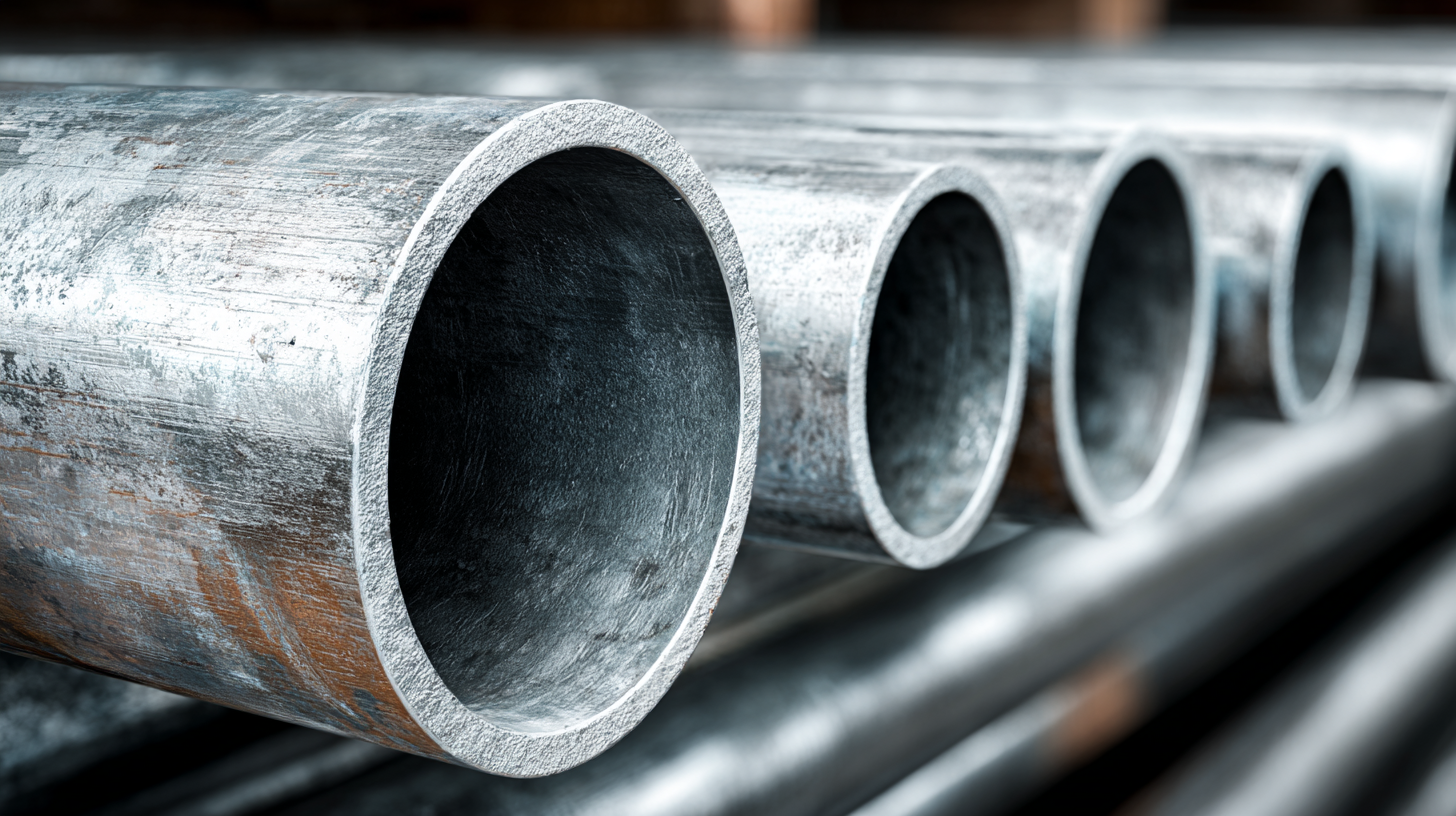
When selecting galvanized tubes for your project, evaluating different sizes and dimensions is crucial to ensure structural integrity and optimal performance. A recent industry report indicates that choosing the right diameter can significantly impact the load-bearing capacity of the tube, with larger diameters supporting more weight while also increasing the overall material cost. Therefore, understanding your project's requirements will guide your decision-making process.
Tip 1: Always consider the type of application when selecting tube dimensions. For instance, structural applications may require heavier gauges and larger diameters, while decorative uses may allow for lighter options. According to the American Institute of Steel Construction, using the correct gauge can reduce the risk of bending or deformation under stress.
Tip 2: Take advantage of standardized sizing charts that many manufacturers provide. These charts can help you quickly identify the best tube size for your specific needs. Interestingly, the National Association of Manufacturers reports that projects utilizing standardized materials experience a 30% reduction in lead time, making it an intelligent choice when time is of the essence.
This chart illustrates the various sizes and dimensions of galvanized tubes that are commonly used in construction projects. Evaluating these dimensions helps in selecting the right tube for your specific requirements.
When selecting galvanized tubes for your project, it's imperative to consider the environmental factors that can significantly impact tube performance. Recent studies indicate that climate change is projected to affect the resilience of infrastructure, which includes piping systems. For instance, assessments of water supply systems have shown increased failures linked to extreme weather events and fluctuating temperatures. As such, identifying galvanized tubes that can withstand these conditions is crucial for long-term reliability.
Moreover, organic contaminants pose another environmental risk factor worth noting. Analysis involving passive samplers has revealed varying levels of organic contaminants in water bodies, leading to concerns about material integrity and contamination risks. The selection of galvanized tubes should not only account for mechanical strength but also their ability to resist corrosion and degradation from these organic pollutants. Given that environmental assessments highlight the interconnection between climate factors and infrastructure performance, choosing the right galvanized tube involves a comprehensive understanding of these influencing elements.
| Tip | Environmental Factor | Performance Impact | Recommendations |
|---|---|---|---|
| 1. Identify Local Climate | Humidity Levels | Corrosion Risk | Choose high-grade galvanized tubes |
| 2. Assess Chemical Exposure | Industrial Chemicals | Material Degradation | Consider protective coatings |
| 3. Evaluate Temperature Extremes | High/Low Temperatures | Expansion and Contraction | Select tubes with appropriate thermal properties |
| 4. Consider UV Exposure | Direct Sunlight | Surface Fading | Use UV-resistant coatings |
| 5. Analyze Soil Conditions | Soil pH and Salinity | Rusting and Corrosion | Opt for specialized corrosion-resistant tubing |
When selecting a galvanized tube for your project, it's crucial to identify quality markers that ensure durability and performance. First and foremost, look for certification marks indicating compliance with industry standards. This guarantees that the tube has undergone rigorous testing for quality. Additionally, inspect the surface; a smooth, well-dipped finish often indicates proper galvanization, crucial for preventing rust and corrosion over time.
Another important consideration is the tube's thickness. Thicker tubes typically offer greater strength and resistance to physical wear. For applications where structural integrity is essential, opting for a heavier gauge can make a significant difference. Lastly, verify the source of your galvanized tubes. Always choose reputable suppliers who provide complete product information and traceability, minimizing the risk of acquiring subpar materials.
In light of recent concerns about construction safety and health, such as those raised regarding lead service pipes in older structures, having reliable galvanized tubes is more important than ever. Just as homeowners are encouraged to check their water service lines, ensuring the quality of materials in all projects can protect against potential hazards and ensure longevity.
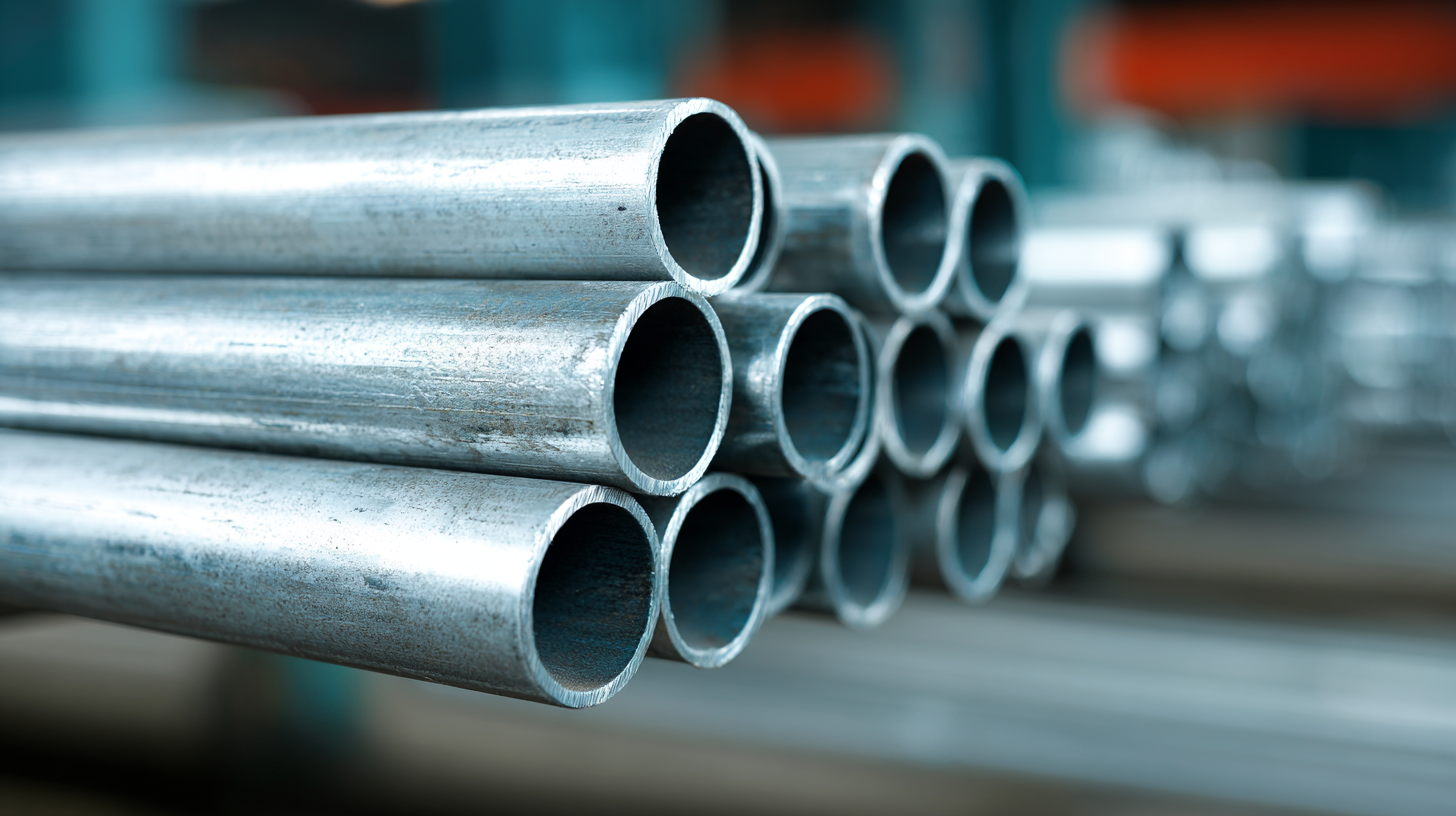
When embarking on a project that requires galvanized tubes, one of the most crucial decisions involves weighing cost against durability. Galvanized tubes, coated in zinc for corrosion resistance, come in various grades and pricing tiers. It's essential to identify how the tube's intended use will impact its longevity and performance. Cheaper options may seem appealing upfront, but they can lead to higher replacement costs and potential project delays due to inferior durability. Therefore, evaluating the specific environment and demands of your project will help determine the balance between initial investment and long-term value.
Additionally, consider the implications of climate and stress factors on your galvanized tubes. In areas with extreme weather or heavy loads, investing in more robust, thicker-walled tubes might save money in the long run by preventing damage and ensuring stability. Assessing the lifecycle of the tubes in relation to their cost can provide insight into the most economically viable choice. By understanding the relationship between price and durability, you can make a more informed decision that aligns with your project’s requirements and budget constraints.
